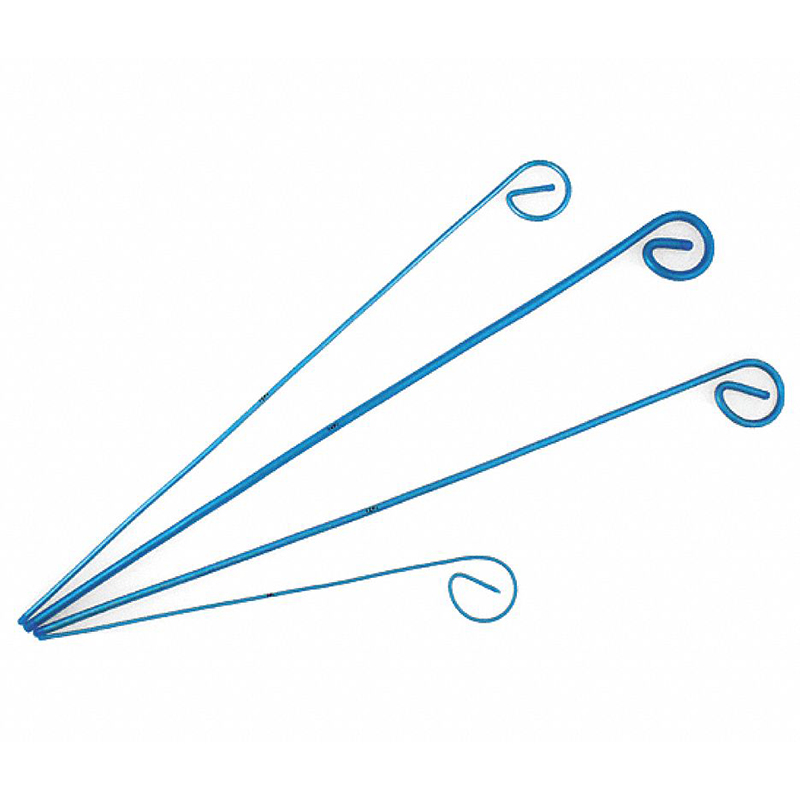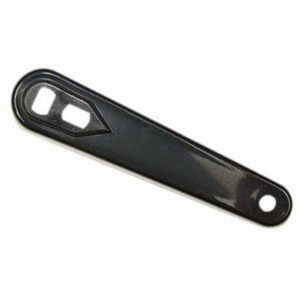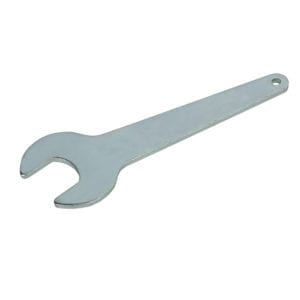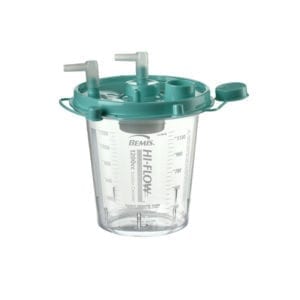MedSource ET Stylets
From: $3.57
Buy NowThe MedSource ET Stylet is constructed of a malleable metal core that is coated in plastic, making it easy to shape.
The stylet features a flexible soft distal tip that reduces risk of patient trauma, and a low-friction coating makes it easy to withdraw from the endotracheal tube.
Item Number Description
MS-ETS100 ET Stylet, 6fr for use in ET Tubes 2.0-4.0mm
MS-ETS200 ET Stylet, 10fr for use in ET Tubes 4.5-6.0mm
MS-ETS300 ET Stylet, 12fr for use in ET tubes 6.5-7.5mm
MS-ETS400 ET Stylet, 14fr for use in ET tubes 8.0-10.0mm
*Packaged 20/bx, 10bx/cs
*Sterile
Description
The MedSource ET Stylet is constructed of a malleable metal core that is coated in plastic, making it easy to shape.
The stylet features a flexible soft distal tip that reduces risk of patient trauma, and a low-friction coating makes it easy to withdraw from the endotracheal tube.
Item Number Description
MS-ETS100 ET Stylet, 6fr for use in ET Tubes 2.0-4.0mm
MS-ETS200 ET Stylet, 10fr for use in ET Tubes 4.5-6.0mm
MS-ETS300 ET Stylet, 12fr for use in ET tubes 6.5-7.5mm
MS-ETS400 ET Stylet, 14fr for use in ET tubes 8.0-10.0mm
*Packaged 20/bx, 10bx/cs
*Sterile
Product Details
Endotracheal stylets by MedSource Labs are used in conjunction with MedSource endotracheal tubes (ET tube) for oral/nasal intubation and airway management. A stylet is rigid but flexible enough to change shape, allowing for passage of the endotracheal tube through the laryngeal inlet.Benefits of the MedSource ET Stylet
The MedSource ET Stylet is constructed of a malleable metal core that is coated in plastic, making it easy to shape and adapt to the patient’s airway. The stylet features a flexible soft distal tip that reduces risk of patient trauma, and won’t puncture the pvc material of the ET tube. A low-friction coating makes it easy to withdraw from the endotracheal tube once intubation is achieved. Medsource ET stylets come in different sizes to accommodate adult and pediatric patients:
• MS-ETS100 ET Stylet, 6fr for use in ET tubes 2.0 - 4.0mm
• MS-ETS200 ET Stylet, 10fr for use in ET tubes 4.5 - 6.0mm
• MS-ETS300 ET Stylet, 12fr for use in ET tubes 6.5 - 7.5mm
• MS-ETS400 ET Stylet, 14fr for use in ET tubes 8.0 - 10.0mm
MedSource endotracheal stylets are individually sealed in a sterile package, with 20 units per box, and ten boxes in a case. ET stylets are intended for single patient use only, and should be properly disposed of after use. This product is constructed of latex-free materials.
Other medical supplies to consider with an ET stylet for patient care would be laryngoscope blades for opening the patient’s jaw, pulse oximeters for monitoring the patient’s blood oxygen saturation, and face masks for infection control.
Intubation and Patient Care
Endotracheal intubation is the process by which a tube is inserted through the nose or mouth into the trachea to assist with breathing while under anesthesia or due to a distressed airway. It is one of the most common medical procedures performed in healthcare facilities and is used to administer more oxygen than what could be delivered through a nasal cannula. Other reasons for intubation include administering anesthesia or medication, removal of obstructions, to help a person to breathe because of collapsed lungs, or to allow doctors to examine the airway.
There are different reasons why a clinician would choose either oral or nasal intubation. Oral intubation is faster and less painful than intubation via the nose. In trauma patients, oral intubation is the preferred method when done with cervical immobilization, and is typically performed with the patient under anesthesia. Tooth damage is one of the most common risks associated with oral intubation.
Endotracheal Tube Stylet Product Information
• Malleable metal coated in plastic
• Soft distal tip
• Wide range of diameters
• Packaged sterile
• Single use only
• Disposable
• Latex-free construction








